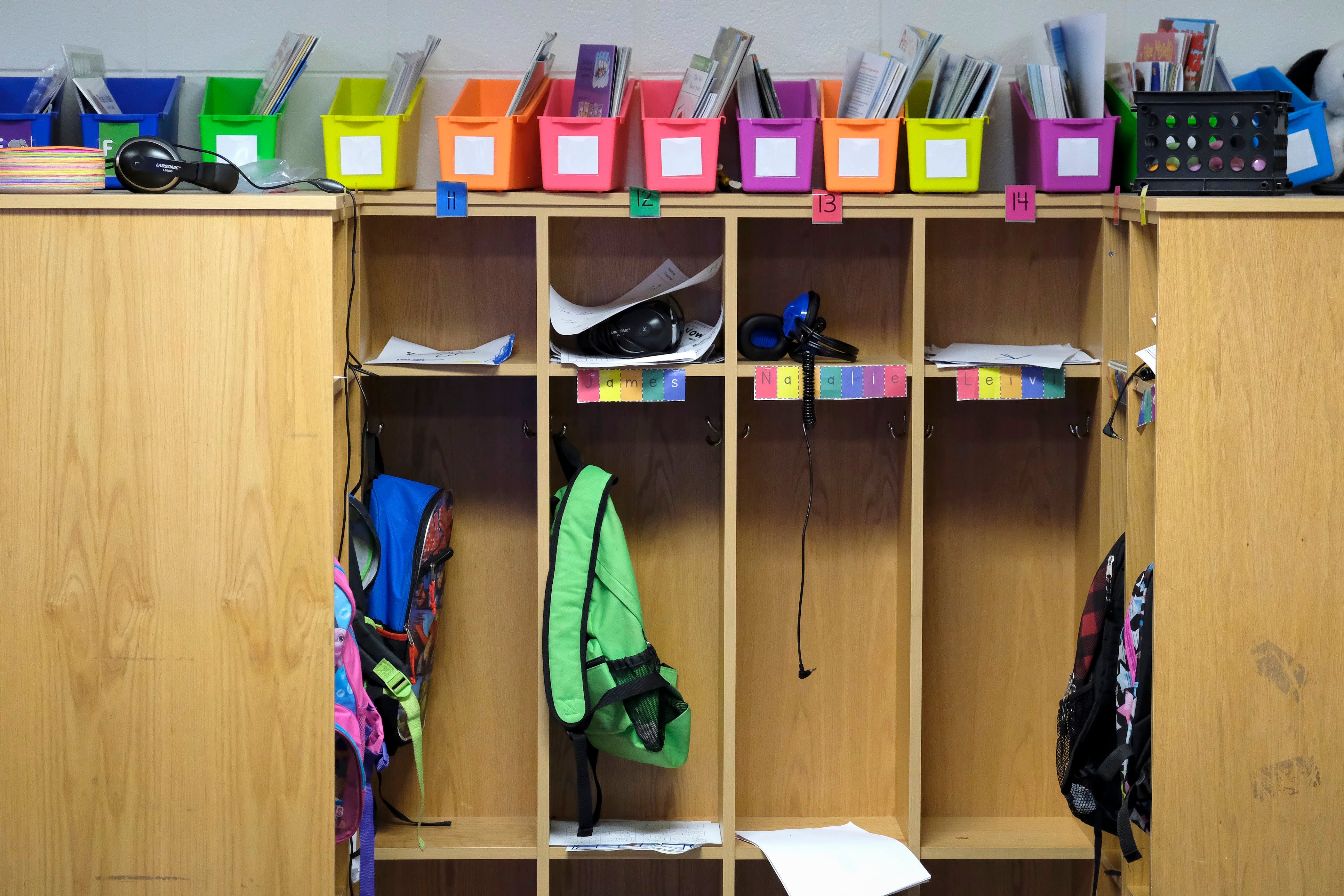Sign up for Chalkbeat Indiana’s free daily newsletter to keep up with Indianapolis Public Schools, Marion County’s township districts, and statewide education news.
Indiana would redirect $25 million in annual federal school improvement funding away from low-performing schools under a state proposal for more flexibility in how it spends federal funds.
State education officials announced last week that Indiana intends to ask the U.S. Department of Education for its federal Title dollars in a block grant with fewer requirements on how the state must spend the money. School districts also would have more flexibility to use their federal funds to support more kinds of programs. The money currently supports specific student groups like English learners and specific activities like professional development and out-of-school-time care.
On Thursday, the Indiana Department of Education shared new details about which grants would be affected and how the state intends to use the funds instead.
Among the changes would be a significant shift in School Improvement Grants, competitive grants that currently fund improvement plans at district and charter schools identified as low performing under the Every Student Succeeds Act.
The state is proposing to instead give these funds to any school that’s “actively seeking to serve students that would have otherwise enrolled in the eligible school,” including microschools, charter schools, and “partnerships with industry or postsecondary institutions.” The new beneficiaries would not need to be considered low-performing.
The proposal says this new approach is not intended to “abandon efforts to improve existing schools, but rather to complement them by ensuring students and families have timely access to better options when needed.” The department would still consider investments in low-performing schools.
“This flexibility ensures students and families no longer depend solely on political will for innovative opportunities to materialize,” the draft says.
The draft proposal also says that the current framework for the School Improvement Grants has failed to produce meaningful results, and that receiving the funds has often come with stigma.
“Expanding eligibility through an innovation grant model allows [local education agencies] and partners to seek support without this public designation,” the proposal says.
Other changes to grants, school grading
Under the flexibility request, school districts would be able to use some of their federal funds as a block grant rather than adhering to the specific requirements of each Title fund.
The state would still calculate and distribute specific Title funds to schools but remove the requirements of each fund, allowing schools to use any of the dollars to fund any activities allowable under ESSA.
The change would reduce administrative reporting requirements associated with each program fund and allow schools a larger pool of money to support programs, according to the draft proposal.
Indiana is also seeking the flexibility to use a single performance system for schools rather than a separate one to meet federal requirements. That new system would be the A-F model that’s currently in development.
The department is accepting feedback on its proposal online through Aug. 25. Officials intend to submit the waiver request in September, and if approved, the flexibility would go into effect in 2026-27.
Aleksandra Appleton covers Indiana education policy and writes about K-12 schools across the state. Contact her at aappleton@chalkbeat.org.





